The turnkey micro-broadcast solution captures, streams, enriches and shares video, to empower and engage.
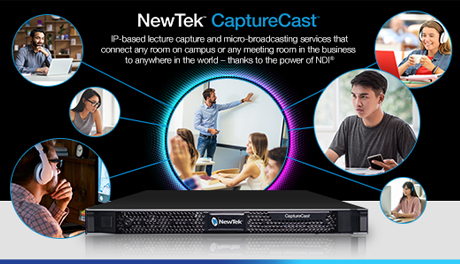
NewTek, the leader in IP-based video technology and part of the Vizrt Group, announces today the latest in its innovative portfolio, CaptureCast; a ground-breaking multi-input, multi-room recording and live streaming technology to drive active participation, engagement, and experience for remote and hybrid learning.
The IP-based lecture capture and micro-broadcasting system will connect teachers in any room across campus to their students tuning in from anywhere in the world – powered by NDI®, the globally standardized video-over-IP technology. Easy to implement and fully autonomous, CaptureCast doesn’t require a dedicated operator leaving teachers more time, attention, and energy for their students.
“Video is embedded in every area of society and in today’s world anyone can get on camera and connect to an audience. Micro-broadcasting has become a ‘must have’ in education to meet the growing need of servicing distance learners, and outfitting rooms for flex/hybrid instructions to deliver an enhanced experience for remote students.”
William Waters, Head of Product Management, NewTek
Connect, globally.
CaptureCast is the first solution on the market to harness the power of NDI® by connecting camera apps on mobile, software screen capture, and thousands of compatible devices like PTZ cameras. Using NDI, CaptureCast also incorporates direct connection with video communication applications including Microsoft® Teams, Zoom, among others.
Record, automatically.
Schools are challenged with delivering high quality, impactful videos to keep remote learners engaged and provide accessible class materials and the means to replay missed sessions if needed. CaptureCast allows remote learners to access content in real-time and rewatch and review on-demand.
The innovative automation inside CaptureCast records any live devices such as cameras, mics, tablets, document cameras, and nearly any digital teaching device offering HD video out, enabling remote learners to interact with video content more dynamically.
Stream, seamlessly.
Furthermore, CaptureCast takes any live capture and instantaneously replicates it across education and streaming platforms to empower remote learners to switch between viewpoints, cameras, or screens to completely personalize, and take control of their learning experience.
Enrich, education.
All student’s learning gaps are unique, and video must be curated around unique learning needs. CaptureCast ensures every single session is enriched with metadata; tagging keywords, pulling data from slide decks, and spoken word which is made available to learners to better access the content and jump straight to what they are looking for.
Automate video.
Every teacher, course, and classroom can have varying issues operating classroom recording and live streaming on an ongoing basis. To solve this challenge, CaptureCast automates the entire record-stream-enrichment process. It moves between different set-ups for any given class, to a pre-programmed schedule or timetable, and intelligently maps the captured content to common learning or content management systems – all without any input from teaching or IT staff. Each set-up can be customized to any style of lecture, speaker, or for totally exceptional and out-of-the-box learning experiences.
“Quality, easy to use video tools are a necessity for educational institutions to engage the needs of all students, whether in the classroom or at home. Expanding our solutions into this market is incredibly exciting and a testament to the success and growth of NewTek over the past few years, due, in no small part to its strong channel partner program. The introduction of CaptureCast provides opportunities for our existing partners, as well as new partners across the education ecosystem.”
Barbara Spicek, President and GM of NewTek.
For more information, please visit https://www.newtek.com/capturecast/





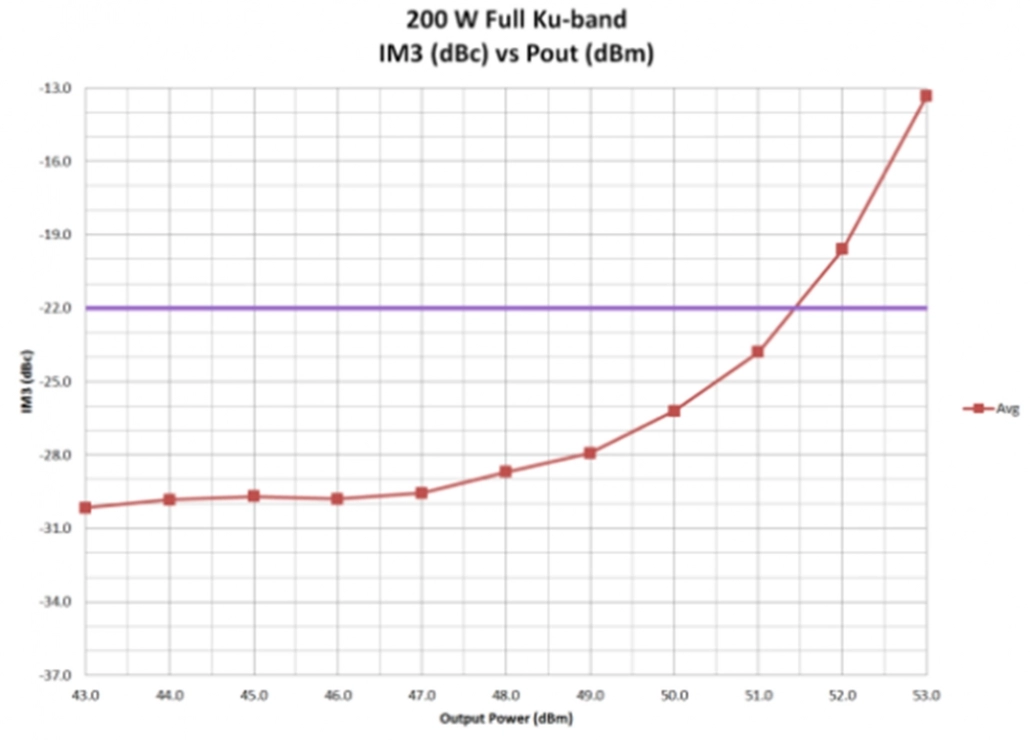
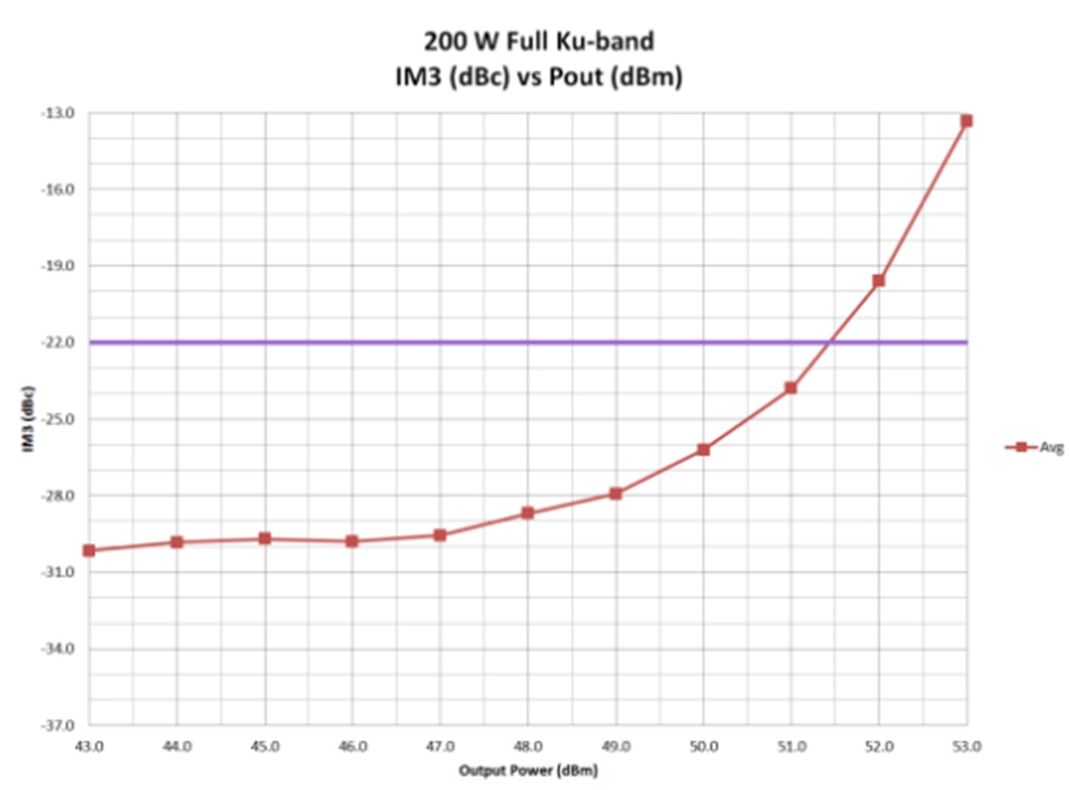
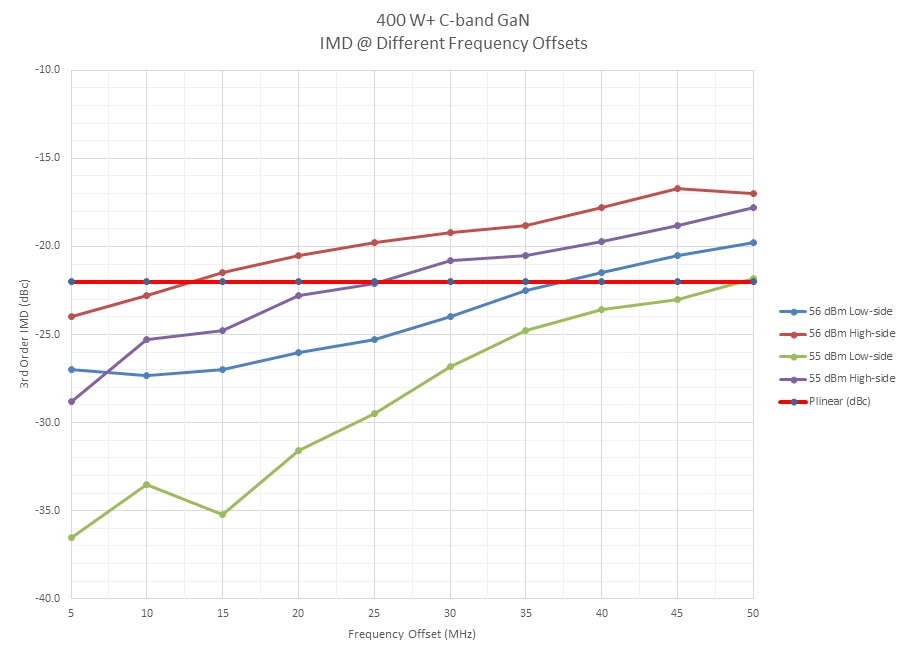


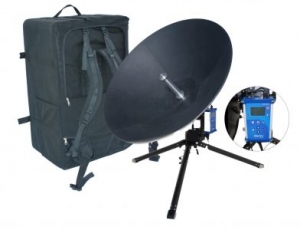 C-COM iNetVu® MP-100-MOT Manpack Antenna
C-COM iNetVu® MP-100-MOT Manpack Antenna

